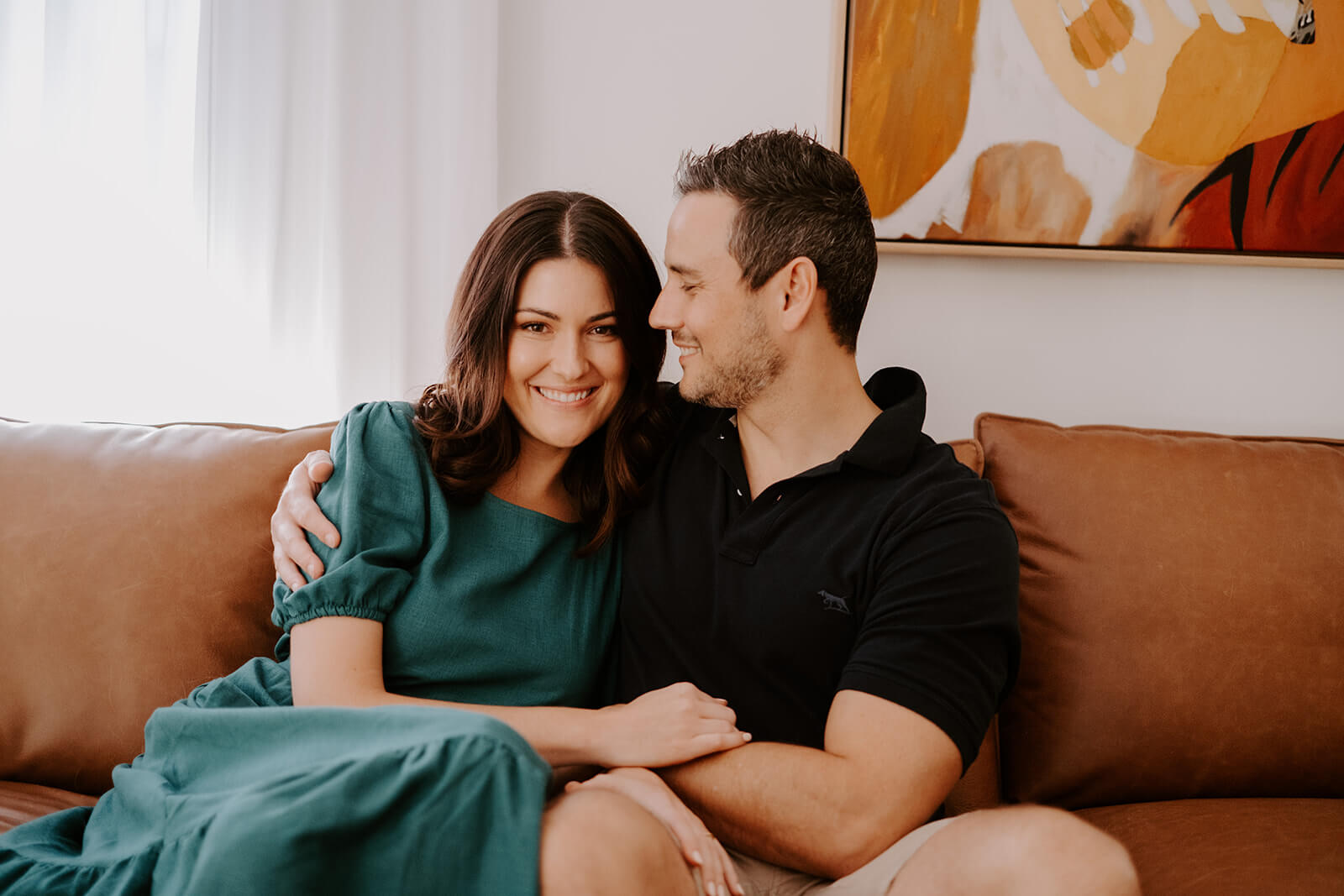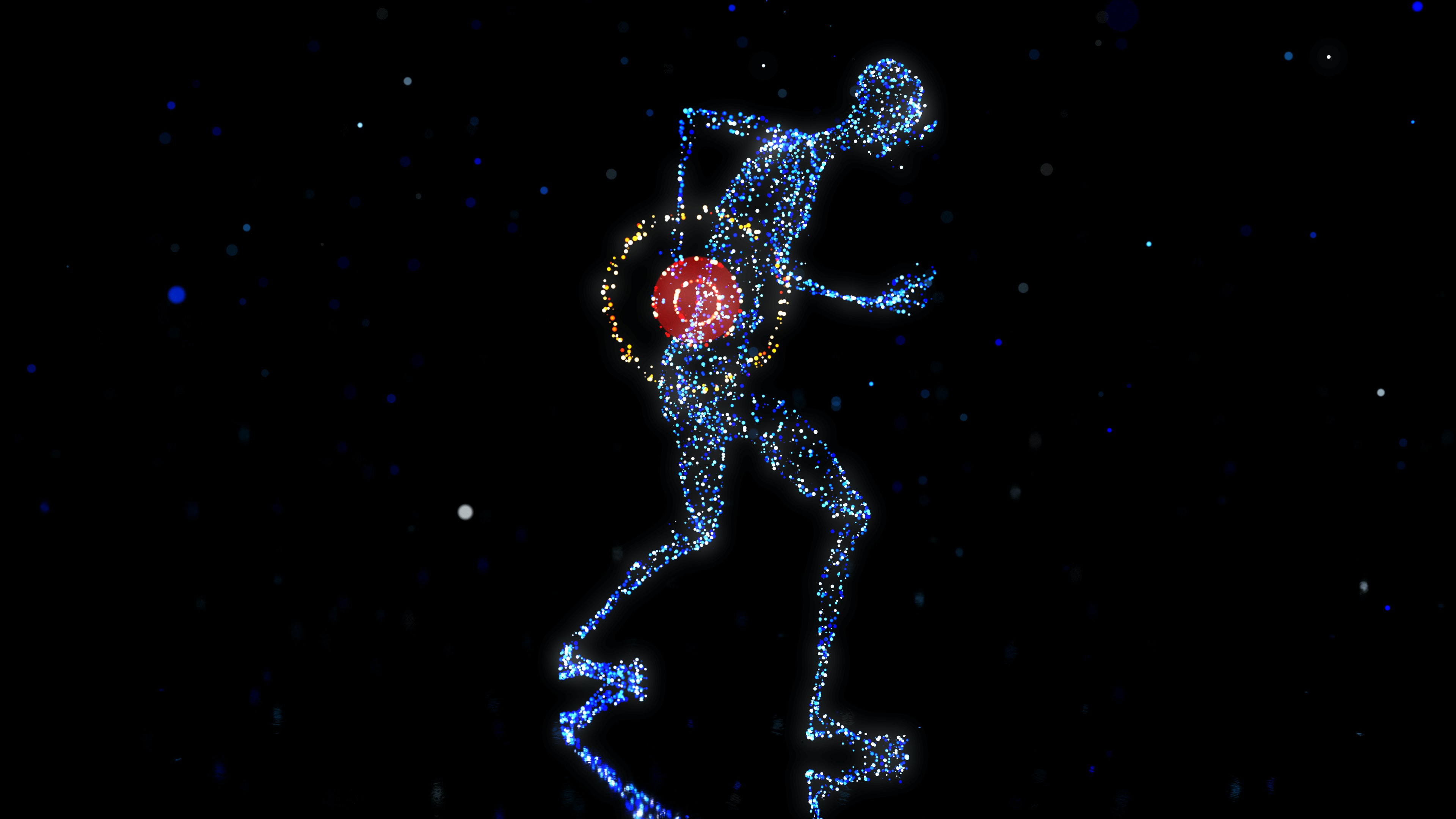Chronic pain is more than just discomfort—it’s an unwelcome companion that can take over your life, dictating how you move, think, and even feel. If you’ve been battling ongoing pain, you’re not alone. Millions of people in the UK experience chronic pain, which can impact not just your physical health but your mental well-being too.
What makes chronic pain so tricky is its complexity. It’s not just about the physical sensation; it’s about how your brain interprets those signals and how your emotions can amplify the experience. But here’s the good news: you’re not powerless. With the right tools, you can take control, manage your pain, and feel more like yourself again.
Understanding chronic pain
Chronic pain is defined as pain that lasts for more than 12 weeks, even after the initial injury or cause has healed. But it’s not just about what’s happening in your body. Pain is a product of the brain, and sometimes the signals it sends can get stuck on repeat, even if there’s no ongoing damage.
Here’s where it gets fascinating: your mental health plays a huge role in how you experience pain. Stress, anxiety, and even past trauma can heighten your sensitivity to pain, making it feel worse. It’s a bit like turning up the volume on an old radio—it doesn’t create new static, but it makes what’s there much louder.
This is why addressing both the physical and emotional aspects of pain is so important. Chronic pain and mental health are deeply connected, and to heal one, you often need to work on the other.
Breaking the stress-pain cycle
Stress and pain have a complicated relationship. When you’re stressed, your body releases hormones like cortisol, which can cause muscle tension and inflammation—two big contributors to pain. And when you’re in pain, it’s natural to feel stressed, anxious, or even low. It’s a vicious cycle, but it can be broken.
A simple way to start is by managing your stress. Techniques like deep breathing, meditation, or even just taking a moment to pause and reflect can work wonders. I always say to my patients: “Your brain is powerful, but so are you. You can rewire how it responds to pain.”
Physical tips to support your body
Let’s start with your body, because movement is medicine.
1. Keep moving:
I know the idea of exercising when you’re in pain might sound counterintuitive, but gentle, consistent movement can be incredibly effective. Whether it’s a short walk, yoga, or stretching, movement helps improve circulation, reduce stiffness, and release endorphins—your body’s natural painkillers.
A few of my go-to stretches include:
- Cat-cow stretch to mobilise the spine.
- Child’s pose for a gentle stretch through the lower back.
- Standing forward fold to release tension in the hamstrings and back.
Start small and listen to your body. Remember, it’s about progress, not perfection.
2. Strengthen and support:
Building strength in your core and back muscles can provide the support your spine needs to feel its best. Incorporate exercises like bridges, planks, or even a Pilates class into your routine. And don’t underestimate the importance of your workspace setup—small adjustments to your chair, desk, or screen height can make a big difference.
3. Sleep smarter:
Poor sleep and chronic pain often go hand in hand. Pain can keep you awake, and lack of sleep makes you more sensitive to pain—it’s a cycle that’s tough to escape. To improve your sleep, create a routine that signals to your brain it’s time to wind down. This could mean:
- Keeping your room cool, dark, and quiet.
- Avoiding screens for at least an hour before bed.
- Using a supportive mattress and pillows to keep your spine in a neutral position.
Breaking the pain-sleep cycle is possible, but it takes consistency.
The Emotional side of pain
Living with chronic pain can feel isolating. It’s not just the physical sensation; it’s the frustration of not being able to do what you used to, the fear of making things worse, or the sadness of feeling like your body is letting you down.
It’s okay to feel these emotions—acknowledging them is the first step to managing them. Talking to someone you trust, whether it’s a friend, therapist, or support group, can help lighten the emotional load.
And don’t forget the power of mindfulness. Practices like journaling or meditation can help you process your feelings and shift your focus from what you can’t do to what you can.
Mindset matters
One of the most surprising things I’ve learned in my years as an osteopath is just how much your mindset can impact your pain. When you focus on what you can control—your movement, your stress levels, your nutrition—you empower yourself to take action.
Pain is a signal, not a punishment. It’s your body’s way of saying, “Hey, I need some attention here.” By approaching it with curiosity rather than fear, you can change the way you experience it.
A balanced lifestyle
Chronic pain is complex, and there’s no magic cure, but lifestyle changes can make a big difference. Here are a few to consider:
- Eat well: Focus on anti-inflammatory foods like fruits, vegetables, whole grains, and lean proteins. These nourish your body and help reduce inflammation.
- Stay hydrated: Your body’s tissues, including those in your spine, need hydration to function optimally.
- Limit harmful habits: Smoking and excess alcohol can increase inflammation and slow down healing.
You are not alone
Chronic pain can feel overwhelming, but you don’t have to face it alone. With the right support, both from your loved ones and professionals, and small, consistent changes to your habits, you can improve your quality of life.
This journey isn’t about perfection—it’s about progress. Every stretch, every breath, every small act of self-care is a step toward feeling better. You have the tools within you to take control of your pain and reclaim your life, one moment at a time.




